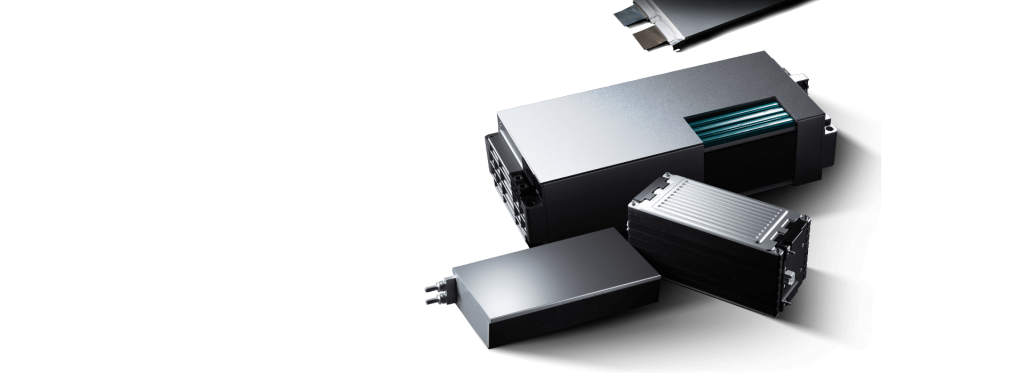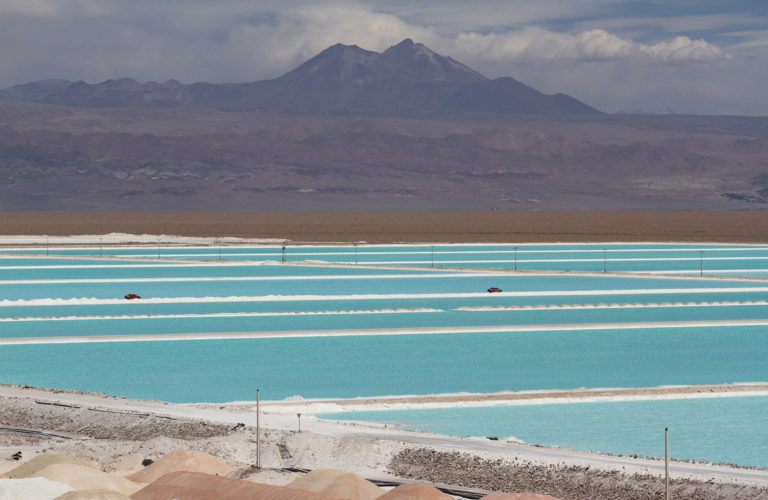Allison Transmission has been granted a patent for a transmission and clutch assembly. The transmission includes an input shaft, an output shaft, and a clutch assembly that selectively transmits rotational power between the input and output shafts. The clutch assembly features a housing, a movable piston, and a disc spring, creating cavities for hydraulic fluid and a diaphragm. GlobalData’s report on Allison Transmission gives a 360-degree view of the company including its patenting strategy. Buy the report here.
According to GlobalData’s company profile on Allison Transmission, hybrid powertrains was a key innovation area identified from patents. Allison Transmission's grant share as of September 2023 was 61%. Grant share is based on the ratio of number of grants to total number of patents.
A transmission with a clutch assembly and disc spring
A recently granted patent (Publication Number: US11773922B2) describes a transmission with a unique clutch assembly. The transmission includes an input shaft to receive rotational power, an output shaft to transmit rotational power to a load, and a clutch assembly that selectively transmits rotational power between the input and output shafts. The clutch assembly consists of a housing, a movable piston, a disc spring, and a diaphragm.
The housing extends outwardly of the piston, creating an interior space where the piston is positioned. Only one clutch pack is located in this interior space. The diaphragm works in conjunction with the disc spring, housing, and piston to define a second cavity. The clutch assembly includes no more than one piston, and the second cavity is partially defined by this piston.
The diaphragm is in contact with the disc spring and conforms to its shape when the disc spring moves relative to the housing during clutch assembly operation. The disc spring is designed with slots to allow hydraulic fluid flow, and the diaphragm closes off these slots to prevent hydraulic fluid leakage from the second cavity.
On one side, the disc spring contacts the diaphragm, while on the opposite side, it contacts a retaining ring that is constrained against axial movement relative to the housing. This retaining ring helps seal the second cavity adjacent to the inner diameter of the disc spring, preventing hydraulic fluid leakage.
Additionally, the clutch assembly includes a first spring seat in contact with the piston and disc spring at the outer diameter of the disc spring. This first spring seat, along with the disc spring and piston, helps define the second cavity. A second spring seat is also present, in contact with the housing and disc spring at the inner diameter of the disc spring, further contributing to the definition of the second cavity.
In summary, this patent describes a transmission with a unique clutch assembly that includes a housing, movable piston, disc spring, and diaphragm. The clutch assembly allows for selective transmission of rotational power between the input and output shafts. The design of the clutch assembly helps prevent hydraulic fluid leakage and ensures efficient operation.
To know more about GlobalData’s detailed insights on Allison Transmission, buy the report here.
Data Insights
From

The gold standard of business intelligence.
Blending expert knowledge with cutting-edge technology, GlobalData’s unrivalled proprietary data will enable you to decode what’s happening in your market. You can make better informed decisions and gain a future-proof advantage over your competitors.







